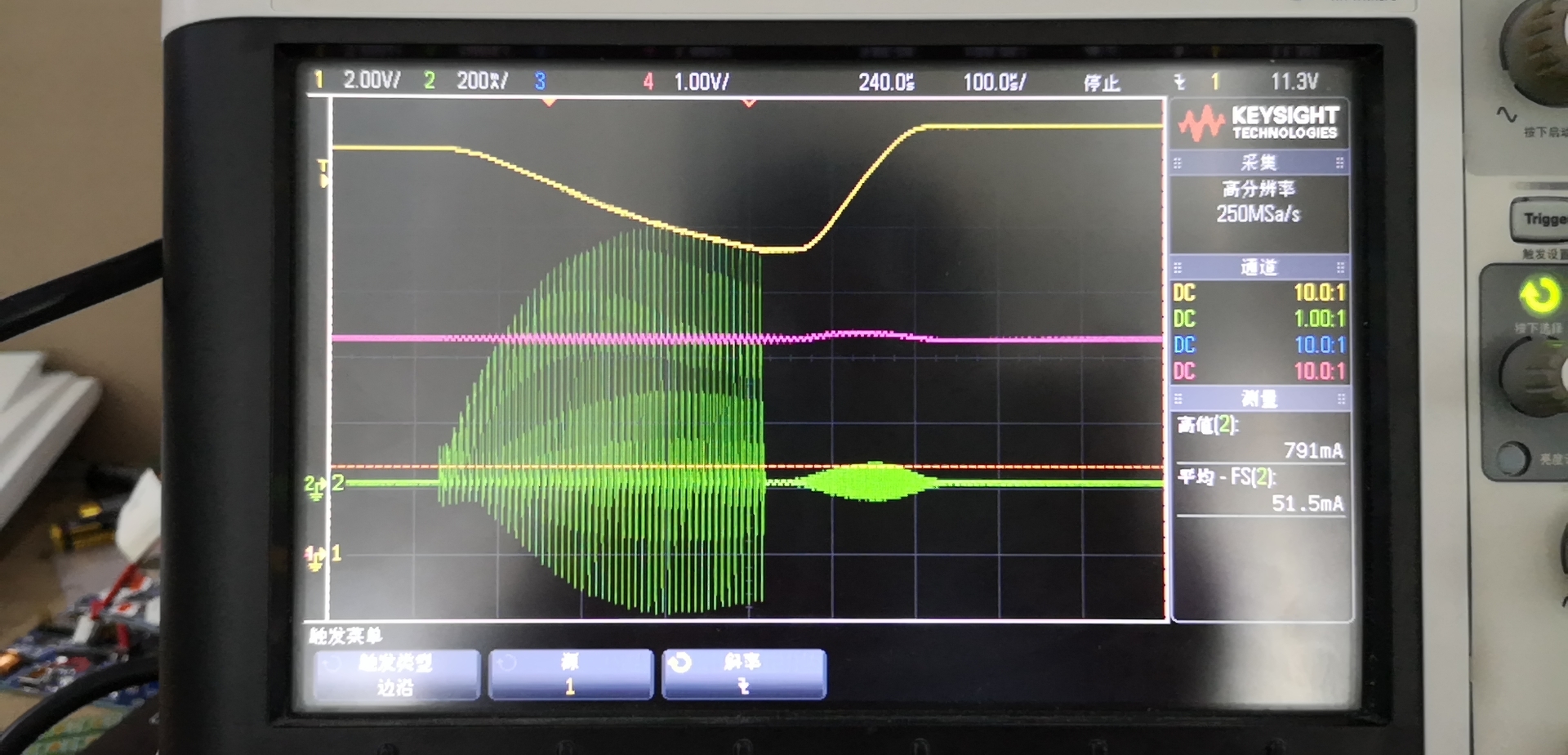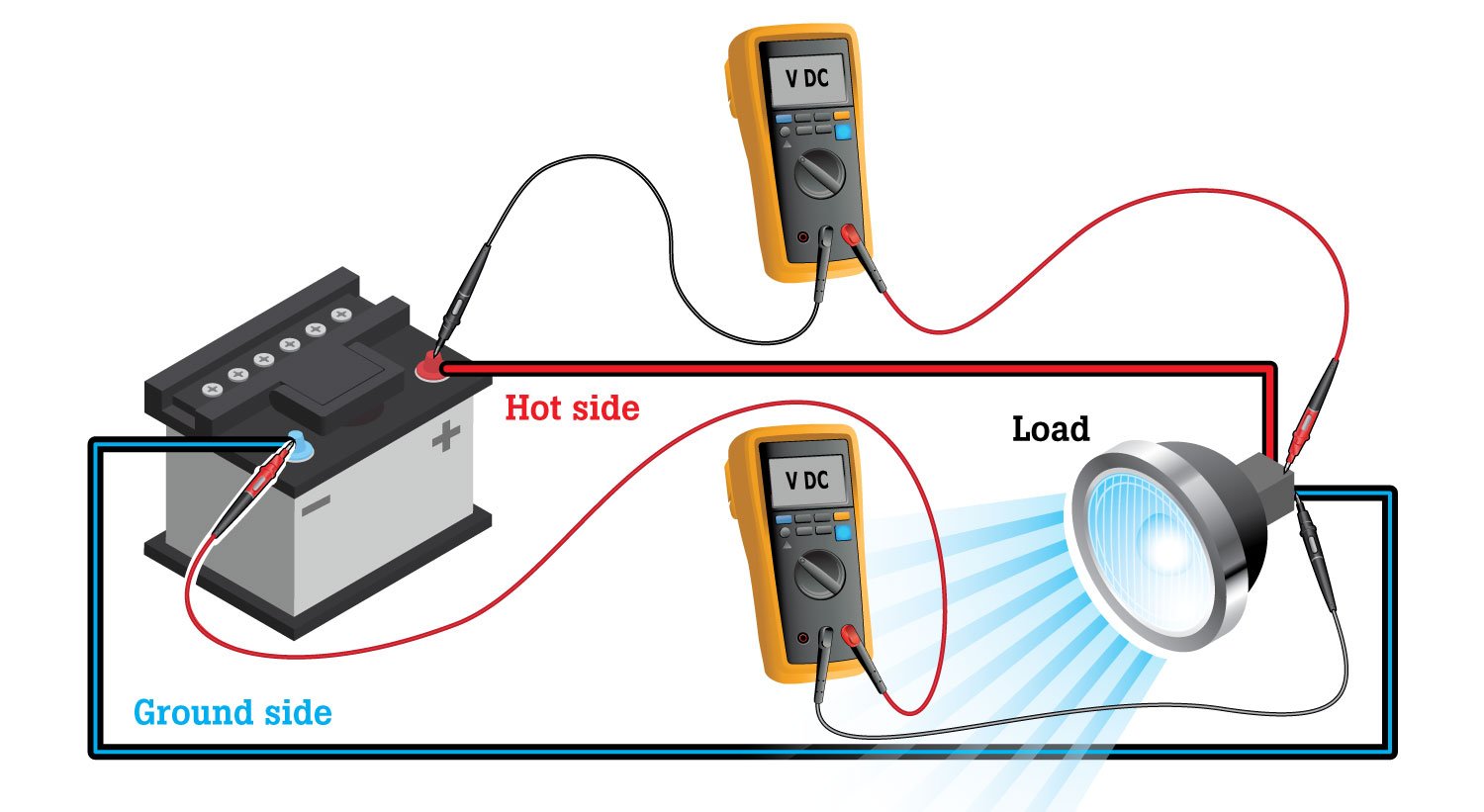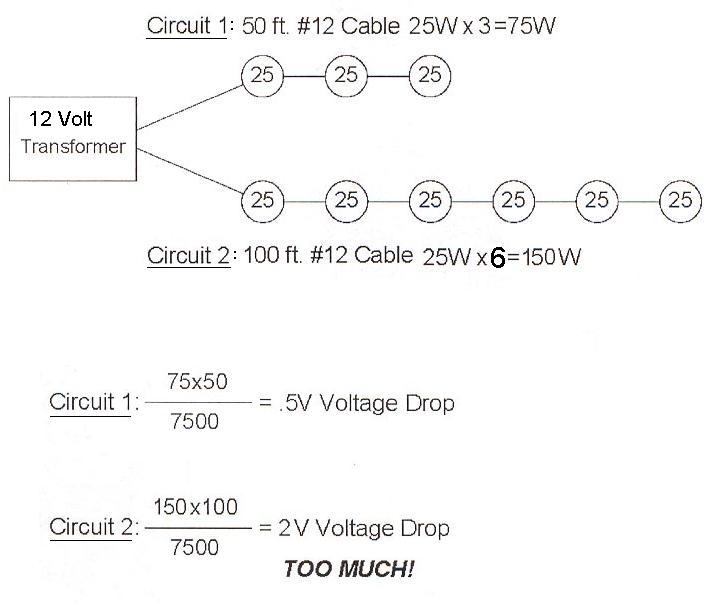Smart Tips About Is 5% Voltage Drop Too Much

Is 5% Voltage Drop Too Much? Let's Shed Some Light!
1. Understanding Voltage Drop
Okay, let's talk voltage drop. Imagine you're trying to water your garden, but your hose has a few kinks in it. The water pressure at the end won't be as strong as it is at the faucet, right? That's voltage drop in a nutshell. It's the reduction in electrical potential along a conductor as current flows through it. It happens in all electrical circuits, no matter how well designed.
Think of electrons as tiny little runners carrying energy from your power source to your device. The longer the wire, the smaller the wire, or the higher the current, the harder those little electrons have to work, and the more energy they lose along the way. That lost energy translates to a lower voltage at the endpoint. This isn't ideal, as some devices are very sensitive to the supplied voltage, and may not function correctly, or even be damaged if it's too low.
Several factors affect the amount of voltage drop, like the conductor's length, its cross-sectional area (or gauge), the material it's made of (copper versus aluminum, for example), and the amount of current flowing. Longer runs mean more resistance, smaller wires offer more impedance, and higher currents demand more energy from the electron runners. It's a complex interplay of these elements.
So, we know voltage drop is unavoidable, but how much is too much? That's the golden question. Understanding these basics is the first step in figuring out if that 5% is something to worry about, or just a minor inconvenience.
2. The 5% Threshold
Ah, the magic number: 5%. In many residential and commercial electrical systems, a 5% voltage drop is often cited as the maximum acceptable limit. But why 5%? Well, it's a guideline established by various electrical codes and standards-setting organizations, like the National Electrical Code (NEC) in the United States. It's based on a compromise between efficiency, safety, and cost.
Exceeding this 5% limit can lead to a whole host of problems. For appliances and equipment that rely on a specific voltage to operate correctly, a voltage drop beyond the limit can cause them to function inefficiently or even fail altogether. Motors, for instance, might overheat and burn out if they don't receive enough juice. Lights might dim or flicker. Sensitive electronics could malfunction. It's not a pretty picture.
But what about smaller voltage drops? A 2% or 3% drop, for example? While it might not cause immediate catastrophic failure, it can still lead to gradual degradation of your equipment. Over time, consistently running devices at a lower voltage can shorten their lifespan and increase your energy consumption, costing you more money in the long run. Think of it like running your car on low tire pressure; it'll work, but it'll wear out the tires faster and reduce your gas mileage.
Therefore, the 5% rule isn't just some arbitrary number pulled out of thin air. It's a practical guideline to ensure that your electrical system operates safely, efficiently, and reliably. Falling within that limit helps protect your equipment, prevent wasted energy, and maintain overall system performance.
3. Is That 5% Drop Really a Problem? Context is Key!
Now, let's get real. While a 5% voltage drop is often the "rule," life is rarely so black and white. Whether or not that 5% is a true problem depends heavily on the specific application and the sensitivity of the equipment you're powering. Sometimes, it's perfectly acceptable, and other times, it's a red flag waving frantically.
Consider a simple lighting circuit. If you're powering a string of LED lights, a 5% voltage drop might not even be noticeable. LEDs are relatively forgiving when it comes to voltage fluctuations. However, if you're running a sensitive piece of medical equipment or a high-precision manufacturing machine, a 5% drop could throw off measurements, damage components, or even create safety hazards.
Another critical factor is the type of load. Resistive loads, like heaters or incandescent lights, are generally less affected by voltage drops than inductive loads, such as motors or transformers. Inductive loads draw more current when the voltage is low, which can exacerbate the voltage drop even further, creating a vicious cycle.
So, before you start panicking about a 5% voltage drop, take a step back and assess the situation. What are you powering? How sensitive is it? What are the potential consequences of a voltage drop? Answering these questions will help you determine whether that 5% is something to address or something you can safely ignore. Often, consulting with a qualified electrician is the best course of action.
4. How to Tame That Pesky Voltage Drop
Alright, so you've determined that your voltage drop is indeed too high. What can you do about it? Thankfully, there are several effective strategies you can employ to bring that voltage back into acceptable limits. Think of these as different tools in your electrical troubleshooting toolbox.
First and foremost, consider increasing the wire gauge. Using a thicker wire reduces the resistance and allows more current to flow with less voltage loss. It's like widening that water hose we talked about earlier — more water (or in this case, electrons) can flow through it without losing as much pressure. This is often the most straightforward and effective solution, especially for long circuit runs.
Another option is to shorten the circuit length. The shorter the distance the electricity has to travel, the less voltage drop there will be. This might involve relocating the equipment closer to the power source or installing a new circuit with a shorter run. Sometimes, it's simply a matter of optimizing the layout of your electrical system.
Boosting the supply voltage can also help compensate for voltage drop. This involves increasing the voltage at the source to offset the voltage loss along the circuit. However, this approach requires careful consideration, as it can potentially damage equipment that is not designed to handle the higher voltage. It's crucial to ensure that all components are compatible with the increased voltage before implementing this solution.
Finally, you can minimize the current draw of the circuit. This can be achieved by using energy-efficient appliances and equipment, reducing the number of devices on a single circuit, or implementing load management techniques. By reducing the current flow, you reduce the burden on the electrical system and minimize the voltage drop. Remember that a combination of these methods may be needed to achieve the desired results.
5. Voltage Drop FAQs
Let's address some common questions that often pop up when discussing voltage drop. We are going to tackle some of the frequently asked questions that come our way.
Q: What happens if I ignore a significant voltage drop?
Ignoring a substantial voltage drop can lead to a variety of problems, including reduced equipment lifespan, increased energy consumption, overheating, and even potential fire hazards. It's not something you want to brush under the rug.
Q: How can I measure voltage drop in my circuit?
You can measure voltage drop using a multimeter. Simply measure the voltage at the source and then measure the voltage at the load. The difference between the two is the voltage drop. Make sure to take readings while the circuit is under load for an accurate measurement. Or even better hire a trained electrician.
Q: Is voltage drop more of a concern in AC or DC circuits?
Voltage drop is a concern in both AC and DC circuits. The principles are the same, but the calculations might differ slightly depending on the type of circuit. In AC circuits, you also need to consider impedance, which includes both resistance and reactance.
Q: Can poor connections cause voltage drop?
Yes, absolutely! Loose or corroded connections can significantly increase resistance and contribute to voltage drop. Always ensure that all connections are tight, clean, and properly maintained. Regularly inspect your electrical panel and outlets for any signs of corrosion or damage.


Diagnosing Voltage Drops Electrical Automotive Troubleshooting Fluke


Voltage Drop Formula
